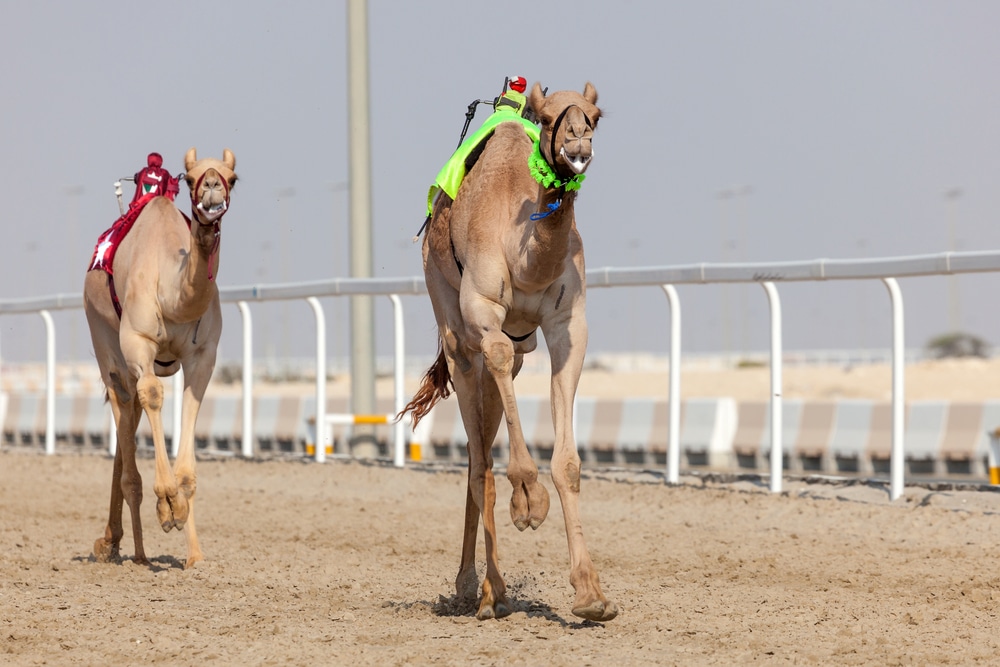It does not tolerate excess food very well. The food ration of a dromedary or a camel is not the same depending on whether it is intended for fattening, milk production or work. 4 to 5 kg of fodder per day is sufficient.
Very popular in Saudi Arabia, Qatar United Arab Emirates, Oman, Pakistan, Jordan and India, professional camel racing is recognized just like racing horse racing. The Méhari breed dromedary, larger and thinner than the pack dromedary, is the most suitable for horse racing.
The food ration of the racing camel must be balanced in energy, protein and minerals and vitamins to meet its specific needs: the maintenance of good musculature with a fine and solid skeleton, the renewal of muscle fibers.
* Jp Dulphy, Jp Jouany, W Martin-Rosset, M Th erai. Comparative abilities of different species of domestic herbivores to ingest and digest forages distributed at the trough. Annales de zootechnie, INRA / EDP Sciences, 1994, 43 (1), pp. 11-32.


You must be logged in to post a comment.